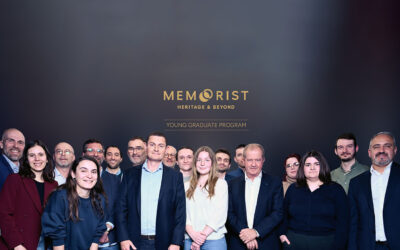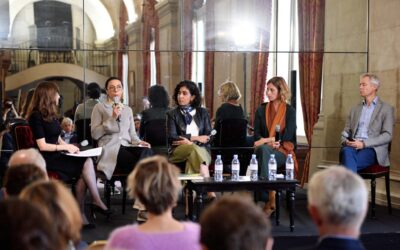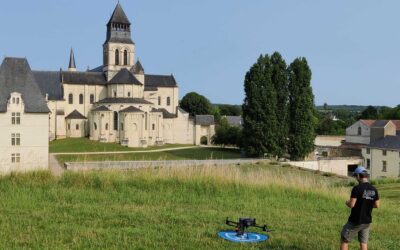In April 2021, a fire destroyed the Jagger Library.
- The library teams are actively trying to organise the rescue of the collections with the help of volunteers and members of civil society.
- Spontaneous donations are collected from businesses and communities around the world.
- The collections are moved to safety, but the loss is great …
- The stocktaking begins.

How their missions can continue to be fulfilled
In order to keep the collections accessible, the library wanted to preserve and digitise the collection of Herbert Baker’s renowned architectural drawings, which includes some 11,000 original maps and drawings.
The documents have been seriously damaged over time and need to be extensively prepared for digitisation to ensure their durability and optimal digitisation quality.
→ The combination of several areas of expertise is required: MEMORIST offers the services of its French experts from La Reliure and Arkhênum to carry out this task.
Challenges
- Limiting the risk of deterioration through on-site service.
- Transfer of competencies considered
- Cost reduction through a comprehensive solution
- Agile project management in symbiosis with the clients and those responsible for the collection (archivists, curators, …).

Success depends on the ability to master two aspects: the rapid and effective training of local teams and the provision of rigorous logistical support for the material (Japanese paper, cultural heritage scanners, adhesives, etc.) The team therefore set up an on-site workshop with archivists, conservators and cultural heritage digitisation professionals who worked together on training but not on implementation. This required setting up a conservation workshop with 4 people who were completely inexperienced and trained in exceptional skills, and a digitisation workshop with 3 people and 3 different scanners to cover all formats encountered (A4 to A00).
For the digitisation workshop: Each type of document was digitised on a scanner adapted to its specificities (format, texture, …) with a high level of quality for a 1:1 scale reproduction with particular attention to the colours (watercolour plans). In addition, the input of descriptive metadata has made it easy to find the digital documents in the databases.
For the restoration workshop, the goal was twofold. On the one hand, the image quality was to be improved (digitisation of all information) and on the other hand, the damage caused by improper handling was to be minimised. The usual steps were followed: Dusting, cleaning; assembling the pieces in a logical order; localised and complete deposit; flattening.
The collection can then be treated as a whole without the need to discard damaged documents.




